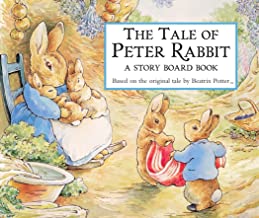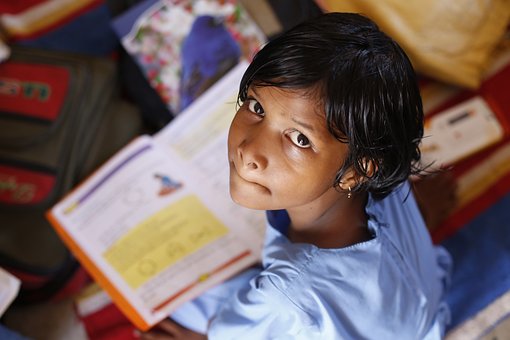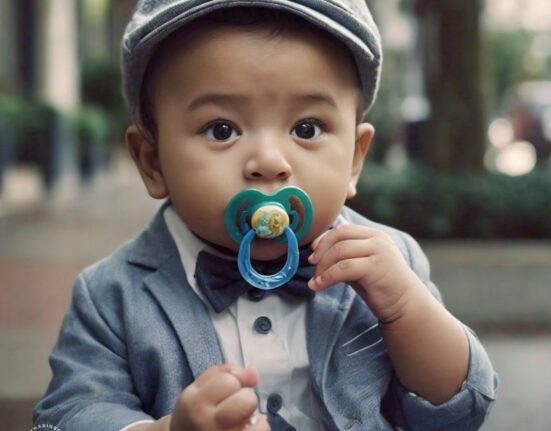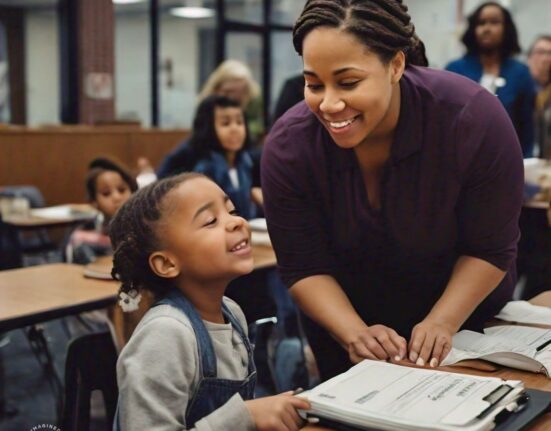*Books marked with letters UPK are included in the universal pre-K curriculum
- Corduroy by D. Freeman – a heartwarming story about a cute little teddy bear waiting for someone to buy him at a department store.
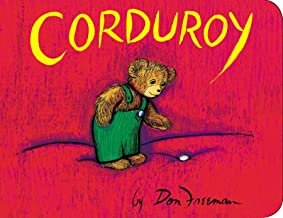
2. Mouse Paint by Ellen Stoll Walsh (UPK) – an amusing story about mixing primary colors to get secondary colors
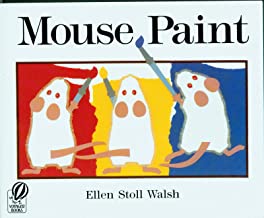
3. Mouse Shapes by Ellen Stoll Walsh (UPK) – great introduction to the world of shapes and what we can make from shapes that are familiar to us.
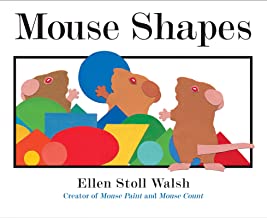
4. The Bus for Us by Suzanne Bloom – for those children who are learning to read easy, rhyming words and have a passion for trucks and vehicles.
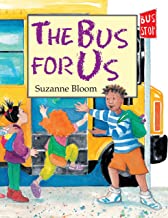
5. Goodnight Veggies by D. Murray – “Every veggie’s snoozing beneath the moon so bright, for nothing’s more exhausting than growing day and night”. A wonderful book to assist kids in transitioning from playtime to bedtime, as well as an excellent resource for continued vocabulary building through rhyme.
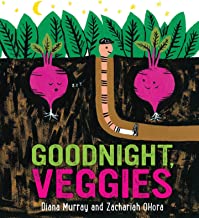
6. Ten Apples Up on Top by Dr. Seuss (UPK) – a timeless gem that teaches children how to count to ten and read simple sight words at the same time.
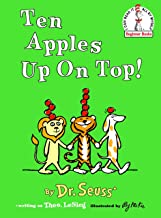
7. The Cat in the Hat by Dr. Seuss (UPK) – a timeless classic that requires no introduction
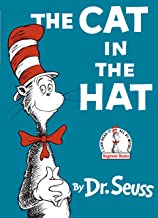
8. Hop on Pop by Dr. Seuss (UPK) – this is an example of “I can read it all by myself” books, which are, needless to say, essential for the beginning readers.
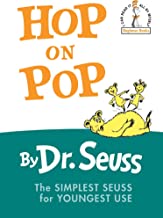
9. The Knuffle Bunny: A Cautionary Tale by M. Willems – a delightful read featuring a preverbal child attempting to explain her needs to a grownup using “aggle flaggle” type of verbalizations. Teach your child the meaning of “fussy” and “bawl” with this extraordinary resource.
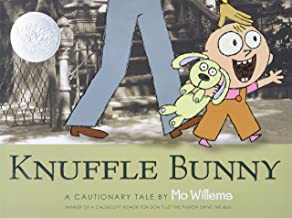
10. The Kissing Hand (UPK) – a great resource for Prek/K educators who oft often face separation anxiety issues in children. A raccoon named Chester learns an amazing trick to help him go to school and feel okay.

11. Go, Dog, Go by P.D. Eastman – another timeless beginner book on our list. Children will no doubt learn to identify and read many sight words through repetition and use of humor.
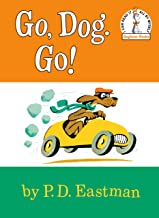
12. The Rainbow Fish (UPK) -a tale about selfishness and vanity. Rainbow Fish, “the most beautiful fish in the entire ocean,” refuses to share his sparkling scales, and when his greed leaves him without friends or fans, the lonely fish seeks advice from the wise octopus, who encourages him to give away his beauty and “discover how to be happy”.

13. Silly Sally (UPK) by A. Wood – a resource trusted by so many educators around the country. The possibilities of using the book to teach various concepts are just endless, and children will adore the every-repeating “Silly Sally went to town, walking backwards, upside down”.

14. No, David – by D. Shannon. Easy for children to read and understand; an older child can read this book to their younger sibling.
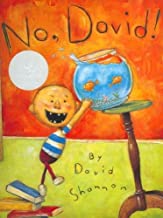
15. The Tale of Peter Rabbit by Beatrix Potter – a fine children’s story originally published in 1902, the mischievous Peter Rabbit character is appealing to most kids, and the story can be a great way to teach children about the consequences of actions.
